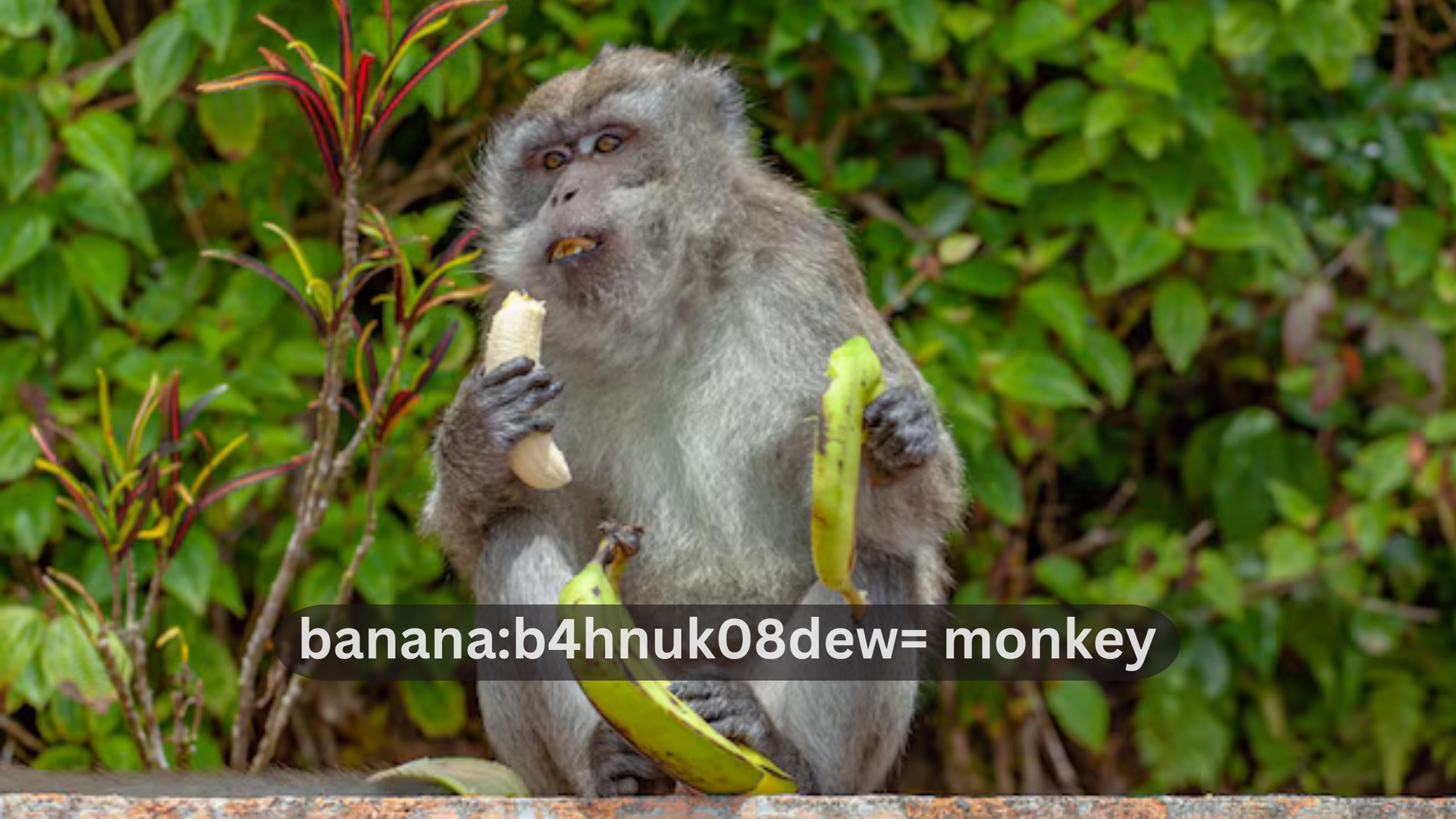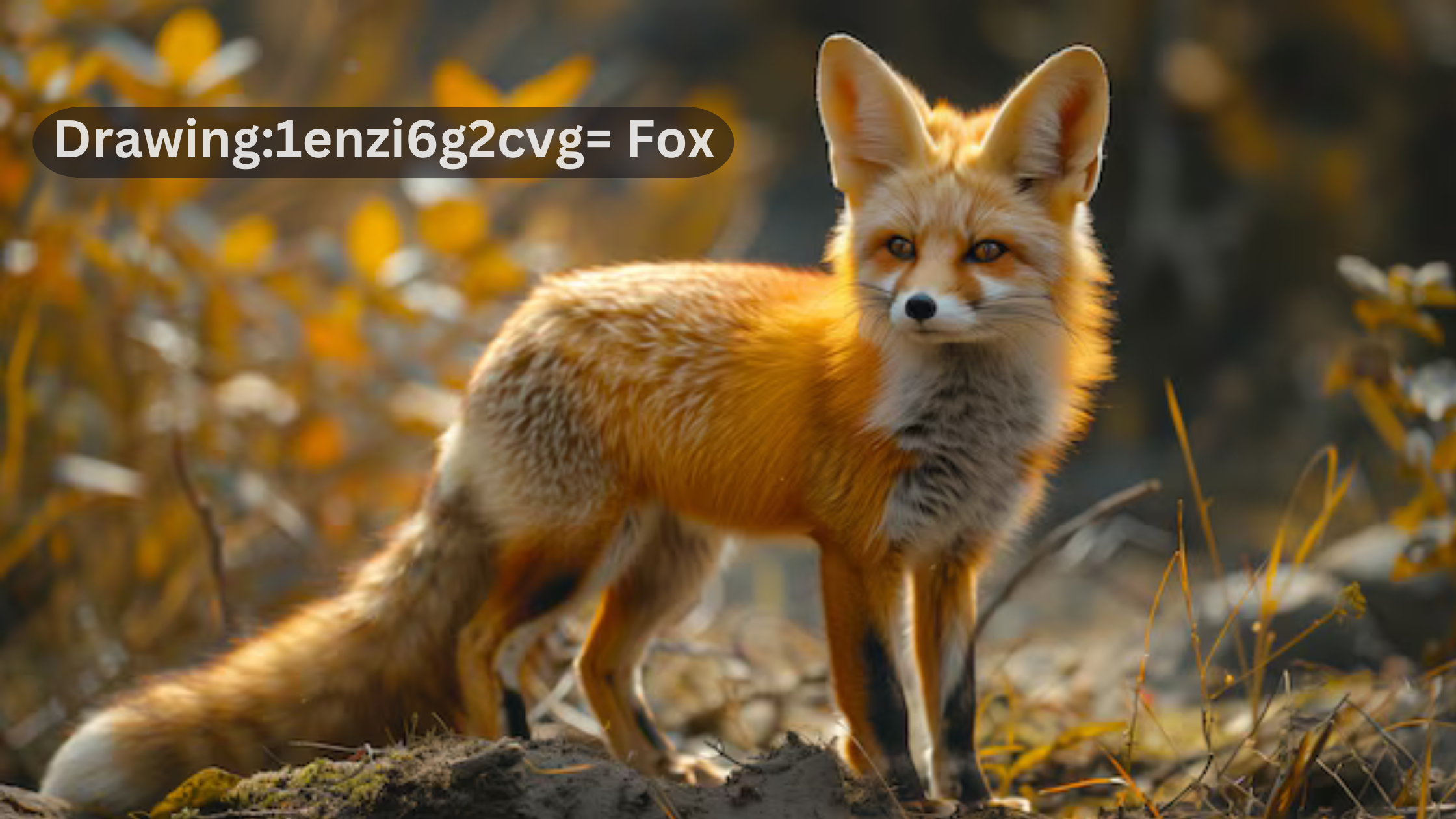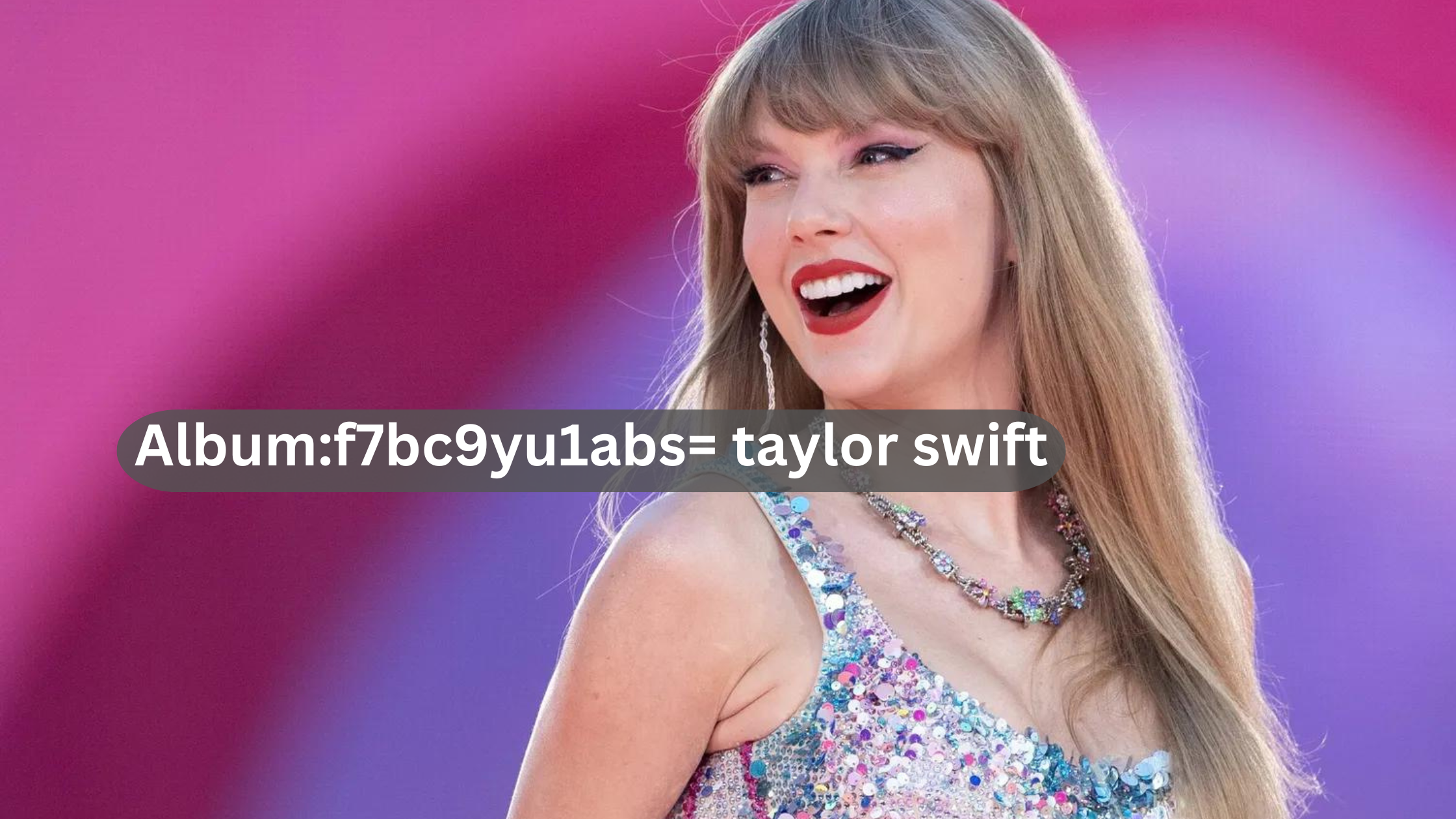The phrase “Banana:b4hnuk08dew= Monkey” instantly brings to mind the iconic image of a monkey holding or eating a banana. This imagery is deeply embedded in our cultural consciousness, often depicted in cartoons, movies, and stories. But what is the real relationship between monkeys and bananas? Why are these two so often linked together in popular culture? In this article, we will explore the connection between Banana:b4hnuk08dew= Monkey, delving into both the scientific basis and the cultural significance of this fascinating pairing.
Banana:b4hnuk08dew= Monkey – Natural Preferences and Dietary Habits
Monkeys are omnivores, meaning they eat a variety of foods including fruits, vegetables, insects, and small animals. Among these, fruits are a significant part of their diet, and bananas, being sweet and nutritious, are particularly appealing to them. The association between Banana:b4hnuk08dew= Monkey can be attributed to the natural sweetness and the easily digestible nature of bananas, which provide monkeys with a quick source of energy.
Bananas are rich in carbohydrates, which are essential for maintaining the high energy levels that monkeys require for their daily activities such as climbing, swinging from trees, and foraging for food. Additionally, bananas are high in potassium, which helps maintain proper muscle function and overall health. This makes bananas an ideal snack for monkeys both in the wild and in captivity.
However, it’s important to note that while monkeys do enjoy bananas, their diet in the wild is far more varied. Monkeys in their natural habitats eat a wide range of fruits, leaves, seeds, flowers, and sometimes small insects or animals. The Banana:b4hnuk08dew= Monkey connection is often more a result of human perception and convenience rather than a reflection of their primary diet in the wild.
Banana:b4hnuk08dew= Monkey – Cultural Significance and Representation
The depiction of monkeys eating bananas has been a staple in media and entertainment for decades. The Banana:b4hnuk08dew= Monkey imagery is often used in cartoons, movies, and advertisements to convey a sense of fun, playfulness, and mischief. This portrayal has helped cement the association between monkeys and bananas in popular culture.
In many ways, the Banana:b4hnuk08dew= Monkey image serves as a symbol of simplicity and innocence, capturing the curiosity and energetic nature of monkeys. It also reflects a broader human fascination with primates, who are often seen as playful and intelligent creatures closely related to humans. The use of this imagery in media and advertising has helped create an enduring cultural stereotype that continues to shape our perceptions of monkeys today.
This representation, while entertaining, can sometimes lead to misunderstandings about the actual behavior and dietary needs of monkeys. It is essential to recognize that while the Banana:b4hnuk08dew= Monkey pairing is charming, it does not fully represent the complexity of monkey behavior and their natural diet.
Banana:b4hnuk08dew= Monkey – The Reality in Zoos and Sanctuaries
In zoos and wildlife sanctuaries, the Banana:b4hnuk08dew= Monkey relationship takes on a different significance. Bananas are often given to monkeys as treats or rewards rather than as a staple part of their diet. This is because, despite their natural sweetness and appeal, bananas can be high in sugar, which is not always suitable for monkeys in large quantities.
Caretakers in zoos and sanctuaries strive to provide a balanced diet that mimics what monkeys would eat in the wild. This includes a variety of fruits, vegetables, leaves, and specially formulated primate pellets that provide all the necessary nutrients. While bananas can be a part of this diet, they are typically given in moderation to prevent health issues such as obesity and dental problems.
Understanding the proper care of monkeys in captivity helps shed light on the true nature of the Banana:b4hnuk08dew= Monkey relationship. It also emphasizes the importance of providing a diet that meets the nutritional needs of these intelligent and active animals.
Banana:b4hnuk08dew= Monkey – The Impact on Wildlife Tourism and Conservation
The Banana:b4hnuk08dew= Monkey connection has also impacted wildlife tourism, particularly in areas where tourists are encouraged to feed monkeys. While feeding bananas to monkeys may seem harmless, it can have negative consequences for both the animals and their ecosystems.
Feeding wild monkeys can lead to several problems, including dependency on human-provided food, aggression towards humans, and disruptions to natural foraging behaviors. It can also pose health risks if the food provided is not part of their natural diet or if it is contaminated.
Conservationists and wildlife experts often discourage feeding wild animals, including monkeys, to prevent these negative outcomes. Instead, they advocate for observing wildlife from a distance and supporting conservation efforts that protect natural habitats and promote sustainable tourism practices.
The Banana:b4hnuk08dew= Monkey imagery, while popular, should not encourage harmful practices that can endanger wildlife. Instead, it can serve as an opportunity to educate the public about the importance of conservation and ethical wildlife interactions.
Banana:b4hnuk08dew= Monkey – The Science Behind the Bond
From a scientific perspective, the bond between Banana:b4hnuk08dew= Monkey is rooted in the evolutionary history of primates. Monkeys have evolved to have a keen sense of taste and smell, which helps them identify ripe fruits in the wild. The bright yellow color and strong scent of ripe bananas make them an easy target for monkeys looking for a quick and nutritious snack.
Moreover, bananas provide monkeys with essential nutrients such as vitamins A and C, potassium, and dietary fiber, all of which contribute to their overall health and well-being. This makes bananas not only a tasty treat but also a beneficial one, reinforcing the natural attraction between monkeys and this fruit.
However, it’s crucial to remember that this attraction is just one aspect of their broader dietary habits. Monkeys are highly adaptable and can thrive on a variety of foods depending on their environment and availability.
Conclusion – Understanding the Banana:b4hnuk08dew= Monkey Relationship
In conclusion, the Banana:b4hnuk08dew= Monkey relationship is a fascinating blend of natural dietary preferences, cultural symbolism, and human perception. While bananas are a favorite treat for many monkeys, their diet in the wild is far more diverse and complex. Understanding this relationship helps us appreciate the true nature of these intelligent creatures and encourages us to engage with them in ways that respect their natural behaviors and habitats.
By looking beyond the simple image of a monkey with a banana, we can foster a deeper understanding of primate ecology and promote more ethical and sustainable practices in wildlife conservation and tourism.





